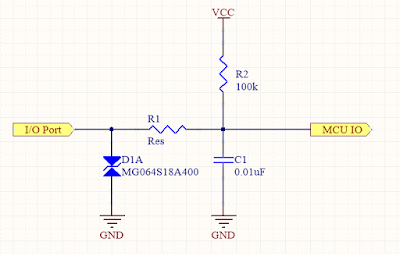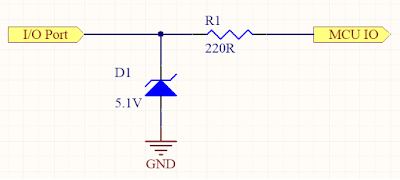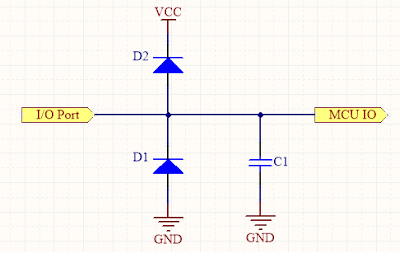A properly terminated CAN bus is terminated at each end with the characteristic impedance of the cable, this is typically 120Ω on each end for a 60Ω load on the CAN driver. The 60Ω–60Ω split termination is preferred to reduce high-frequency noise and common-mode drift. Usually, 60R resistor is not cost effective and a choice of 60.4R with 1% tolerance is better.
If we are using CAN-BUS for long distance for more than 50m, it is advised to reduce the bitrate to minimize an errors and signal distortions.
The maximum possible CAN Bitrate depends on the total CAN bus cable length:
- 1 Mbit/s: max. 40 m
- 500 kBit/s: max. 100 m
- 125 kBit/s: max. 500 m
To enhance CAN Bus reliability, communication BUS varistor can be added near next to the connectors.
If the device is intended to be used in harsh environment and required isolation due to ground potential difference between subsystems, Galvanic isolation barrier can be placed between CAN BUS transceiver and MCU. It is also important to use isolated DC-DC power supply for transceiver.












